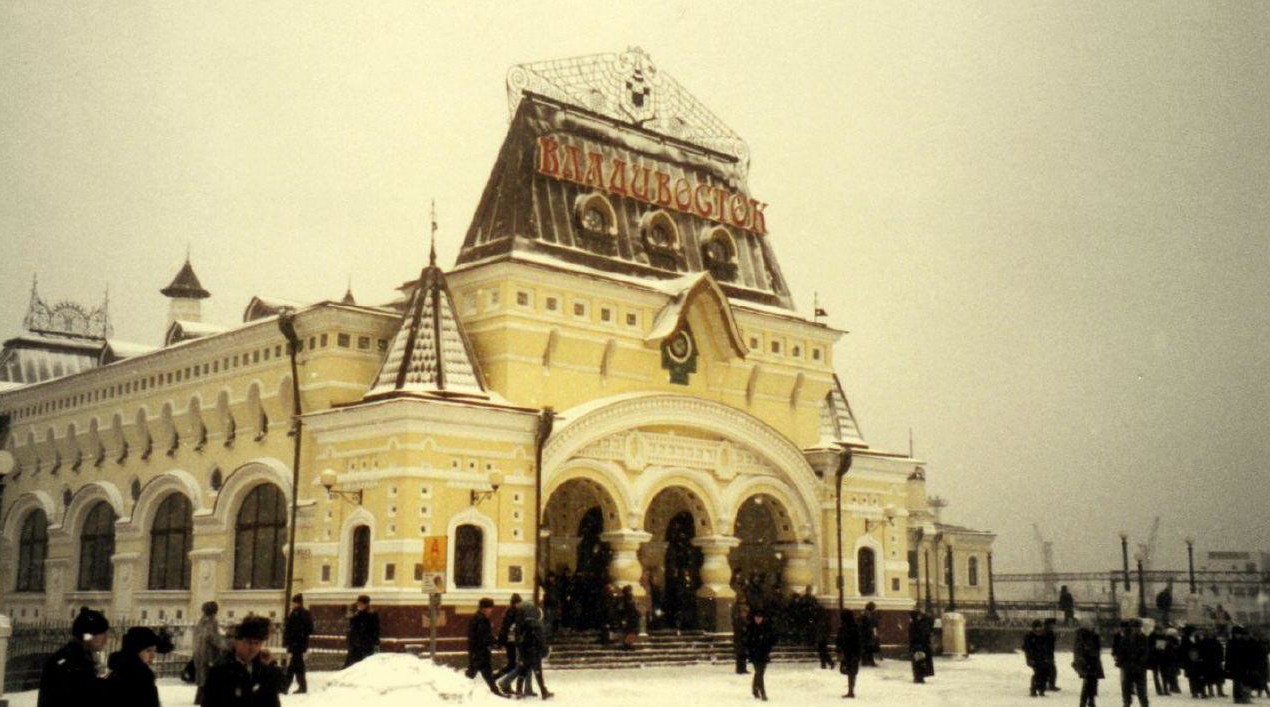As the economies of Europe plunge into chaos over plummeting oil prices and a certain recurring Greek tragedy, the heavily sanctioned Russian economy looks elsewhere to support its growth. It is now time for Russia to search eastwards in its economic and political policies. Historically, Russia has looked to China for diplomatic alliance in the UN. The two usually vote in lockstep on important UN legislation and may seem to many Americans to be similar ideologues. Now, Russia’s isolation in the West is destined to lead towards an even stronger rebalancing towards the East Asian giants—a fierce pivot that America, too, is looking to accomplish. In 2012, Russia hosted the famed APEC (Asia-Pacific Economic Cooperation) summit in Vladivostok, pumping huge amounts of cash and diplomatic capital into the port city in order to showcase Russia’s strategic shift. This may have been the first step in the Pacific port of Vladivostok becoming Russia’s most important tool in its strategic realignment.
Since it fell under Russian dominion in the 19th century, Vladivostok has been the focal point of Russia’s Far East policies. It became the fabled last stop of the infamous Trans-Siberian Railway, which, even today, is one of the most important land shipping routes and methods of travel across the biggest country on Earth. Currently, the city is home to the Russian Pacific Fleet, which was the greatest threat to the west coast, and arguably the United States, during the Cold War. Russia and China held their largest war games and drills in history with the Russian Pacific Fleet in the vicinity of Vladivostok. The Russian armed forces centered in Vladivostok are already formidable and there are plans now to expand the fleet, which will only increase the city’s military significance. Vladivostok is a key focus of Russia’s power projection in the region, both towards renewing a strategic alliance with North Korea, and towards possible future aggression by either Japan or China.
Russia mainly projects its military might and arms dealings in the East through the port of Vladivostok. For example, Russia sends massive amounts of weapons to Vietnam, its biggest arms trader. Vietnam is currently in the midst of a very tense dispute with China over the South China Sea and water rights in the region. With Russia seemingly backing Vietnam with a huge array of weapons, a conflict between China and Russia stemming from the arms trade activities of Vladivostok may not be unlikely in the near future. Furthermore, debate over the ownership of the nearby Kuril Islands will surely be a sore point in Russia’s relationship with Japan. Island disputes may seem common in northeast Asia, but this particular issue between Japan and Russia may hold future economic disputes that could escalate into military ones, as relationships with Japan are the worst that Russia faces in East Asia.
While Vladivostok’s military capabilities may be large, its economic importance is no less valuable for Russian policy making. With a faltering currency and sanctions damaging the western flank of Russia, the country will naturally swing towards a new center of economic power, or at least become much more dependent on the economic development of its eastern front. Vladivostok is a major shipping port that is dominated by Japanese car imports and shipping containers from China, the Koreas and Japan. The city is located strategically close to the east coast of the Korean peninsula, thus giving Russia easy access to the shores of both North and South Korea as well as all the main islands of Japan, currently the biggest trading partner with Vladivostok. Today, one third of the Russian automobile market is dominated by used Japanese automobiles, reaching the mainland through Vladivostok’s port trade. The weak ruble means that there will be more rich visitors from around East Asia who will be willing to buy cheap Russian goods, a sure boon to the shipping-dominated Vladivostok economy.
It is distinctly plausible, if not anticipated, for tourism to play a strong role in Vladivostok’s appeal, especially with the beautiful waterfront views and stunning new suspension bridges built for the APEC Summit. The plummeting ruble and cheap Russian goods only brightens this appeal. Furthermore, there are ongoing plans to revamp the Far Eastern Federal University in Vladivostok, one of the best in the Russian Federation. As the Russia Analytical Digest pointed out, one of the major factors holding back growth in Vladivostok and other far eastern regions was high electricity and gas prices, but it seems like this will no longer be a problem. The ruble may be weak, but oil prices are certainly weaker.
Not given the credit it is due in the past, Vladivostok is not to be dismissed as another dot on Russia’s giant map. At its heart is the potential for a major military, economic and cultural center. The confluence of factors ranging from economic re-strategizing to the need to equip for the threat of a rising China points towards not only the natural growth of the city, but also to an accelerated and necessary push by the Russian elite to help this growth. Although Russia seems safe on its eastern flank for now, Vladivostok is the lynchpin of any future conflict with the United States, China, or anyone on the massive Pacific Rim. Once linked to the rest of Russia only by the great Trans-Siberian Railway, Vladivostok may soon become a major center of power.
